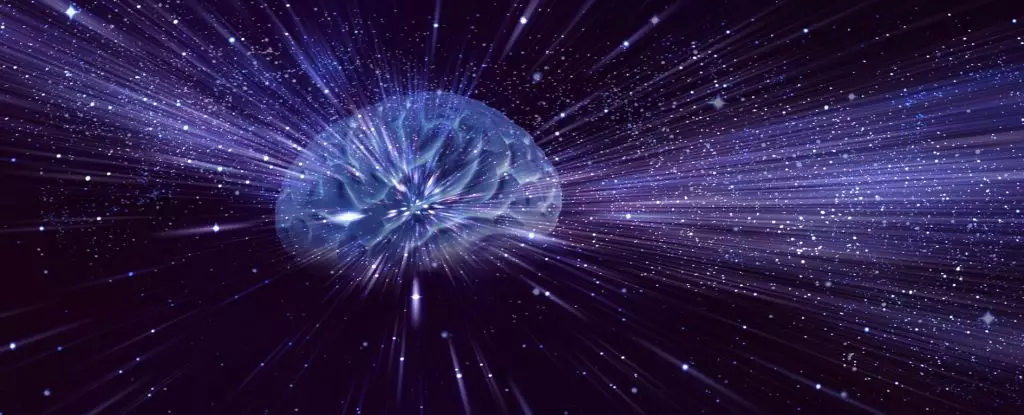The exploration of space has always captivated human imagination, but recent scientific endeavors have ventured into an unexpected territory: the study of human neural tissue in microgravity. In 2019, researchers embarked on an innovative project by sending human brain organoids—miniature versions of the brain—to the International Space Station (ISS). What started as a bold research initiative turned into an astounding revelation about the resilience and adaptability of human brain cells when exposed to the unique conditions of low-Earth orbit.
The experiment, orchestrated by a team led by molecular biologist Davide Marotta from the International Space Station National Laboratory, aimed to analyze how microgravity affects human neural cells. Using induced pluripotent stem cells derived from both healthy individuals and patients suffering from neurodegenerative diseases, the researchers developed organoids that mimic specific neuronal types affected by conditions like multiple sclerosis and Parkinson’s disease.
These organoids were carefully cultivated using advanced techniques that allow ordinary cells to be reverted to a more primitive, pluripotent state, from which they can then differentiate into various cell types. Some organoids also included microglia, the brain’s immune cells. After preparing these organoids in specially designed cryovials on Earth, half were launched into space for a month, while the others remained on the ground as a control group.
Upon their return, the organoids presented a range of surprises that challenged existing assumptions about neural development. The expectation was that organoids in microgravity would experience heightened stress or damage due to the lack of gravity and the increased radiation exposure in space. Contrary to these expectations, the space-grown organoids emerged healthy, exhibiting accelerated maturity compared to their Earth-bound counterparts.
Quantitative analysis revealed intriguing differences: the organoids in space demonstrated greater expression of genes associated with maturation but fewer linked to cell proliferation. This suggests that while the cells grew at a slower rate in space, they experienced a quicker transition into maturity. Moreover, microgravity seemed to reduce stress responses in the organoids, indicating a surprising adaptability of these neural cells when removed from traditional laboratory conditions.
These findings are significant for a variety of reasons, particularly regarding the future of neurological research and drug development. The ISS stands out as a unique platform that offers valuable insights into the workings of human cells in conditions that mimic aspects of the physiological environment within the brain. As Jeanne Loring from the Scripps Research Institute noted, this study paves the way for more complex experiments focused on brain areas implicated in various neurodegenerative diseases.
Envisioning future research, Loring emphasizes the importance of understanding how neurons connect in space and potentially investigating regions affected by Alzheimer’s disease. The implications are profound; by emulating a more natural environment for brain organoids, researchers may glean insights that could revolutionize how we approach neurological disorders on Earth.
The potential benefits of conducting biomedical research in low-gravity environments represent a paradigm shift in how scientists can study human biology. The ISS provides an unmatched setting for simulating conditions that resemble the intricate dynamics present within the human nervous system. The absence of gravitational forces and convection may facilitate cell interactions that are otherwise obscured in ground conditions.
This research aligns with a broader trend of employing space as a frontier for advancing scientific understanding, not just for astronaut health but for humanity at large. The models developed in orbit could prove instrumental in elucidating the underlying mechanisms of diseases that profoundly affect quality of life. Consequently, findings from space could inform the development of novel therapies and interventions.
The successful cultivation of human organoids in a microgravity environment marks a significant milestone in both neuroscience and space research. As scientists endeavor to expand their understanding of brain development and resilience, the ISS serves as an invaluable lab for exploring the human condition in ways previously thought impossible. The discoveries made thus far are merely the beginning, and the promising trajectory of space-based biomedical research opens new doors for the future of medicine—both in space and back on Earth.


Leave a Reply